Anguis veronensis
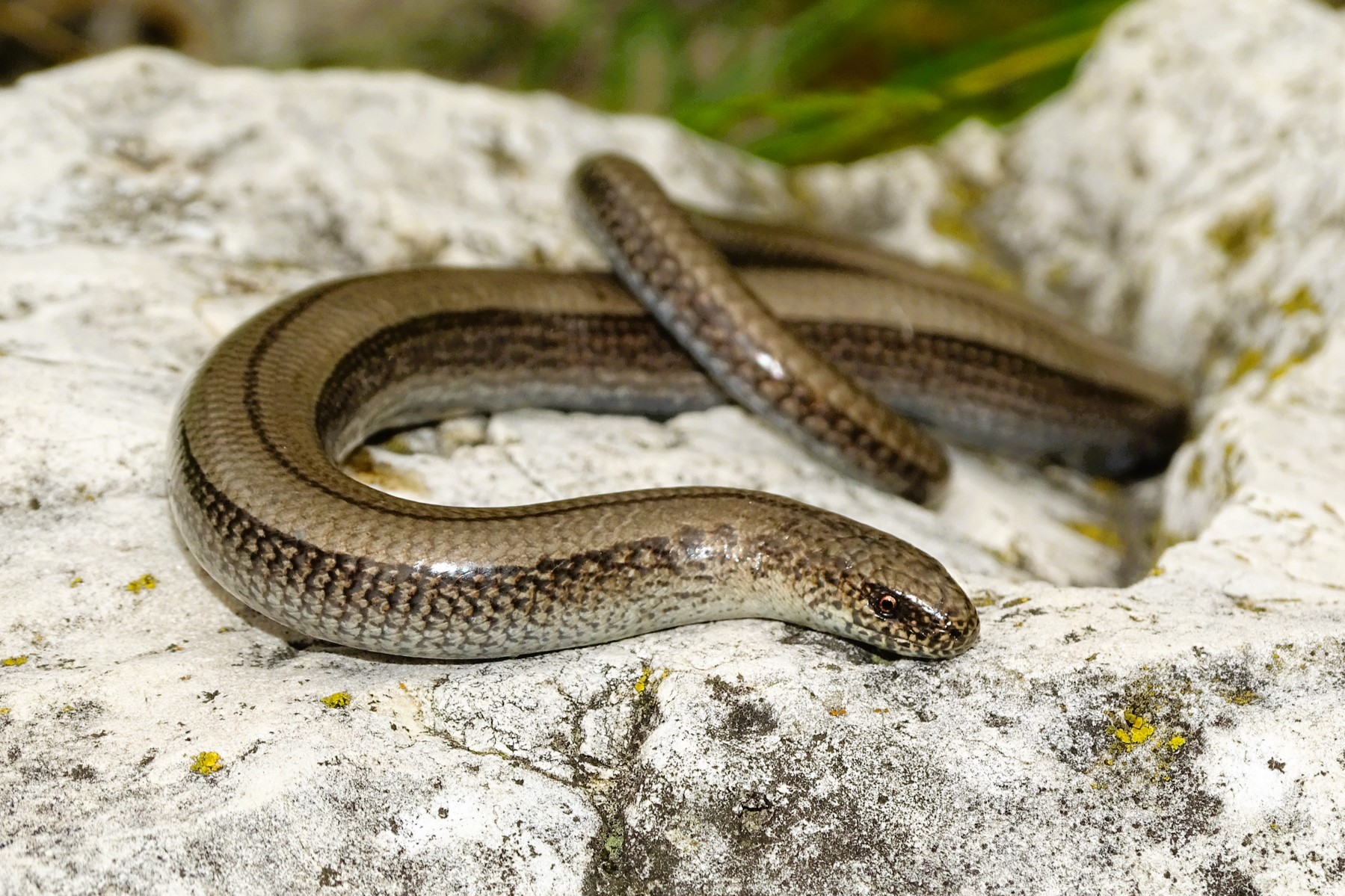

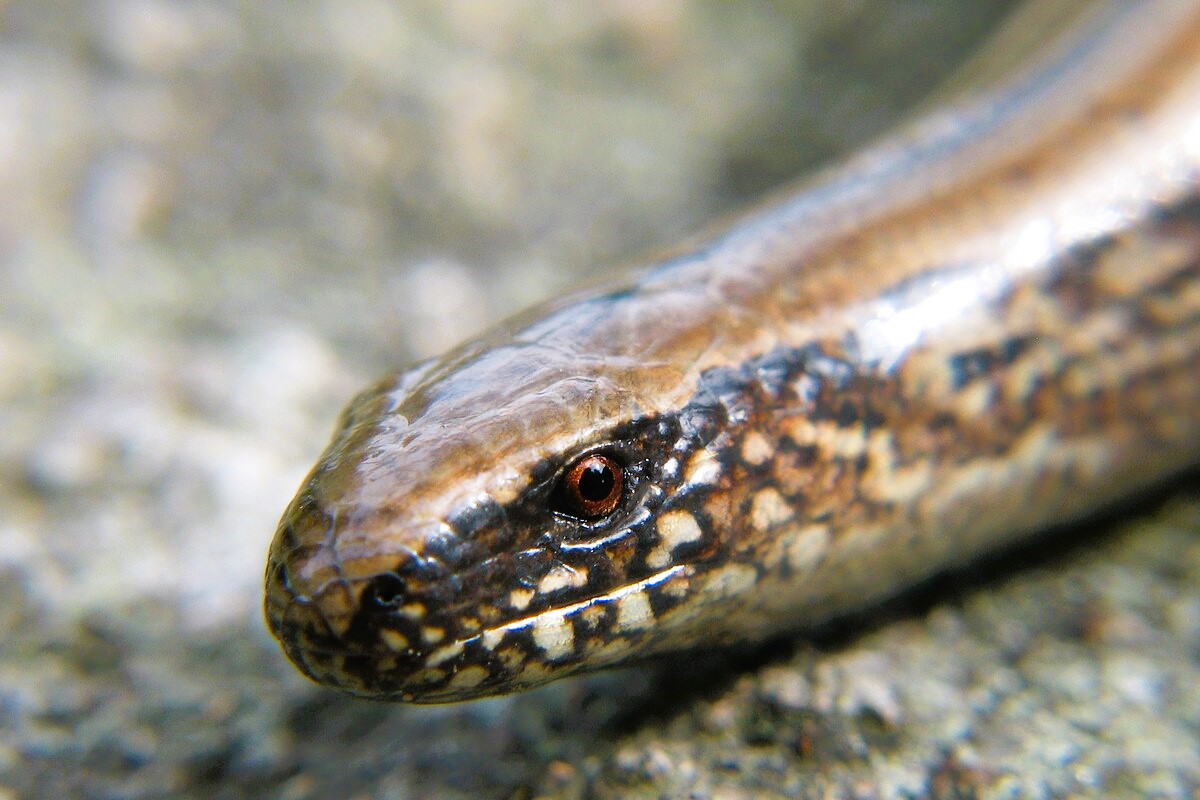
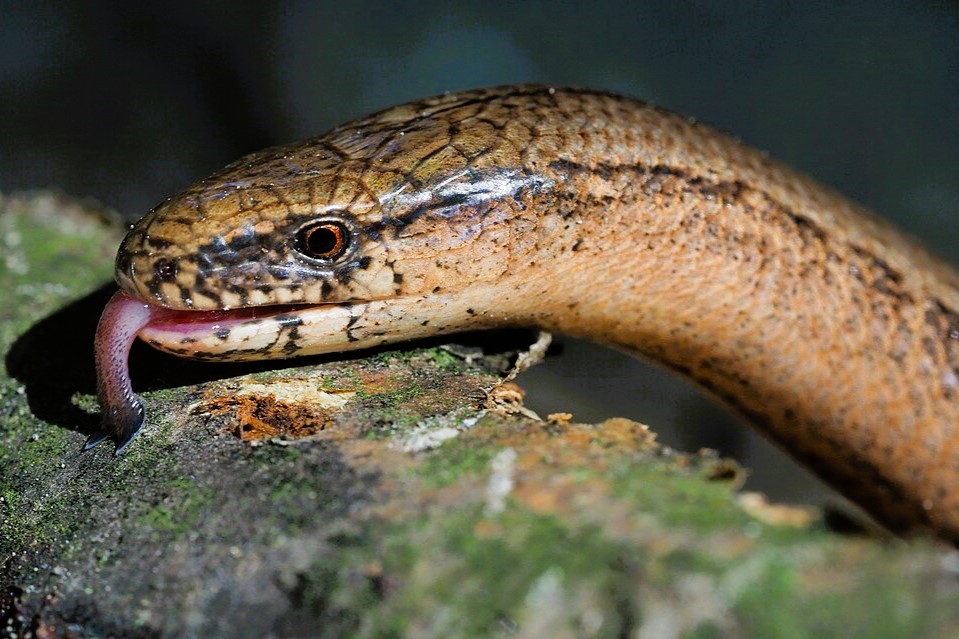
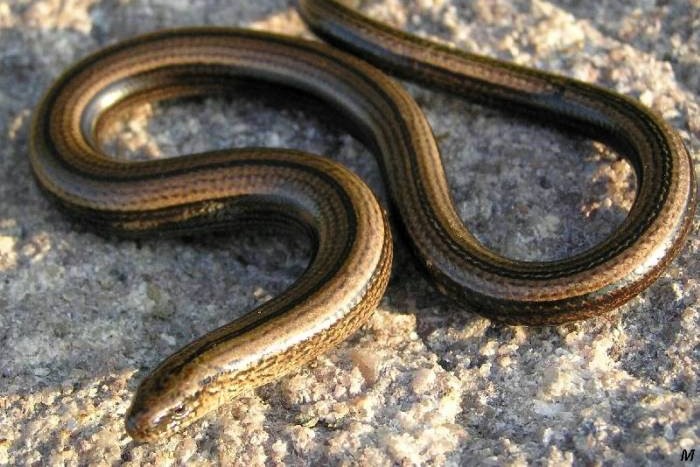
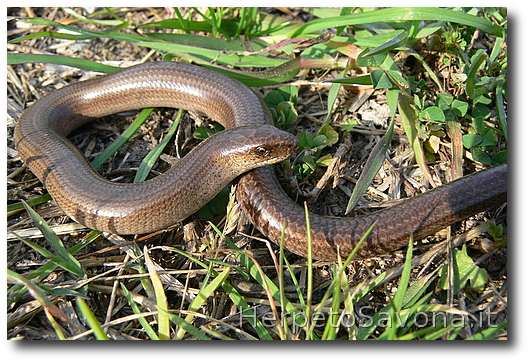
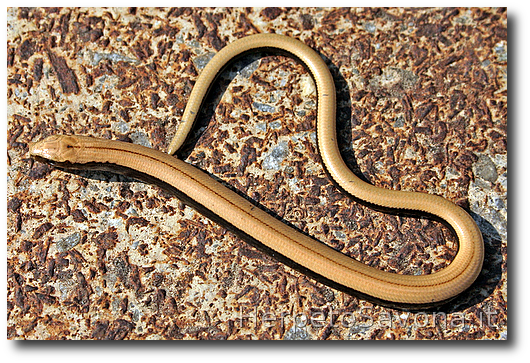
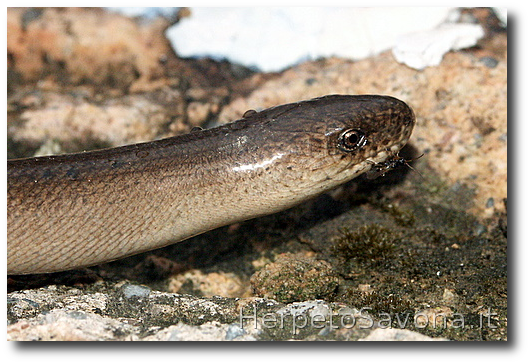
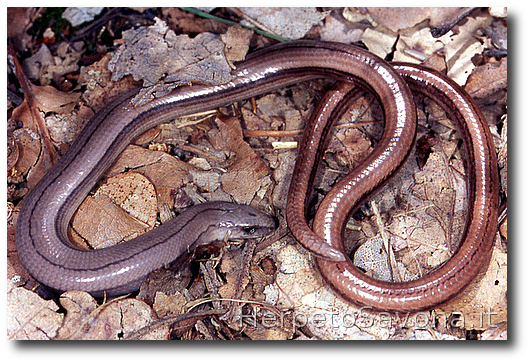
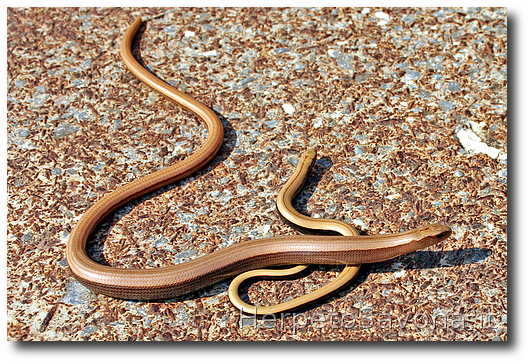
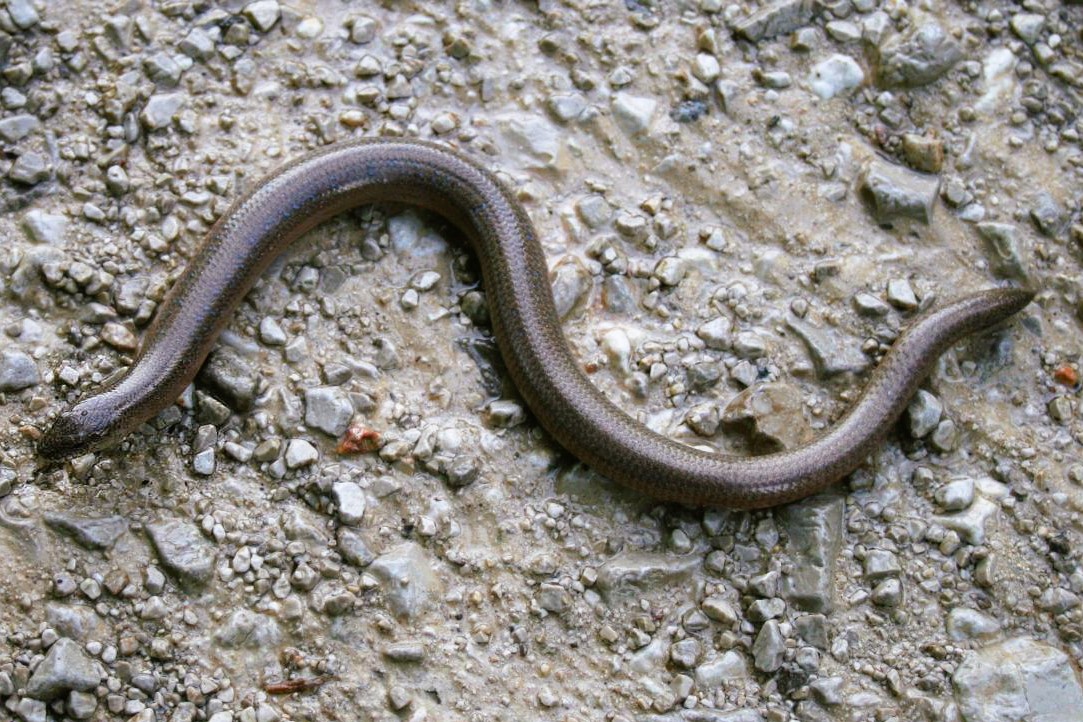
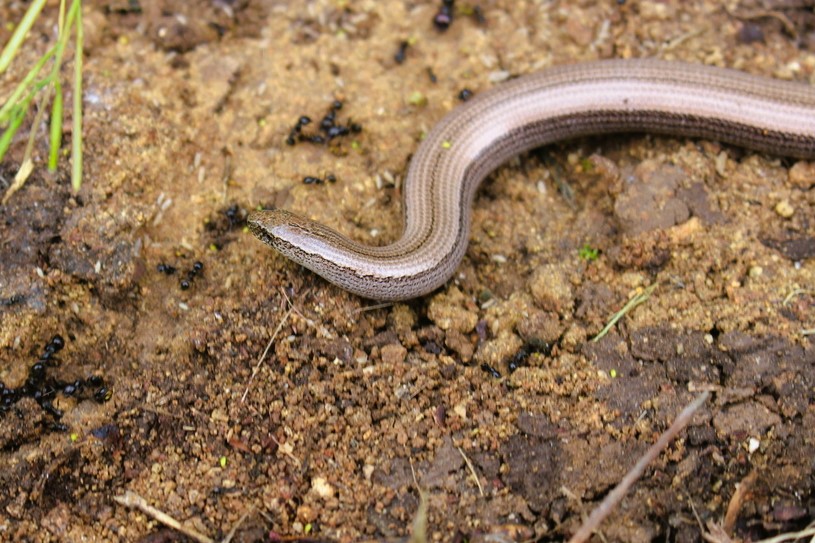
Reptilia → Squamata → Anguidae → Anguis → Anguis veronensis
The Slow Worm ( Anguis veronensis ) is one of the most distinctive reptiles in our fauna, belonging to the Anguidae family. Its elongated, limbless shape immediately recalls a snake, but in reality, this species is closely related to lizards. Adults typically reach 12–16 in (30–40 cm), with rare specimens up to 20 in (50 cm). The cylindrical, robust body is covered in smooth, shiny scales that reflect light, giving it a glossy appearance. Unlike snakes, it has movable eyelids—an essential field recognition feature. The tail, usually as long as the body, can be lost through autotomy and will only partially regenerate.
Sexual dimorphism is evident in both color and proportions: males have a uniform brownish-gray coloration and a more slender build, while females show darker flank stripes, often a more marked dorsal line, and a sturdier frame. Juveniles stand out for their striking coloring: a silvery-golden back and very dark sides and belly, with a pronounced black dorsal line. This color pattern aids both camouflage and predator deterrence.
In the province of Savona and western Liguria, the Slow Worm ( Anguis veronensis ) is fairly widespread, from sea level up to 6,600 ft (2,000 m). The species is common and well-represented in the hinterland, in hilly and mountainous areas with vegetation cover, while populations in coastal and highly urbanized areas are more fragmented into small isolated groups. Its distribution is strongly correlated with the presence of suitable habitats, rich in shelter and favorable microclimates.
The Slow Worm ( Anguis veronensis ) prefers cool, humid environments such as grasslands with abundant vegetation, the edges of mixed and deciduous woods, and transitional areas between open and forested zones. It will also use gardens, orchards, and small cultivated plots, especially where there are dry stone walls, stone piles, or other microstructures providing shelter and favorable climate conditions. The species exploits all types of natural refuges as long as there is sufficient plant or organic cover.
An elusive and reserved species, the Slow Worm ( Anguis veronensis ) leads a mainly fossorial lifestyle, taking refuge under stones, logs, or plant debris. Its main activity takes place at dusk and during the night, especially after rains that encourage movement of its primary prey. The active period generally runs from March to October, while during the colder months it enters hibernation, burying itself deeply. Thermoregulation mainly occurs by varying exposure within microhabitats, rather than through prolonged basking.
Reproduction is ovoviviparous: mating takes place in spring, gestation lasts 3–4 months, and from August to September, females give birth to 6–12 young (exceptionally up to 26), each measuring 2.8–3.5 in (7–9 cm) at birth.
The Slow Worm ( Anguis veronensis ) has a specialized diet of soft-bodied invertebrates, particularly gastropods like slugs and snails, making it an important natural regulator in agricultural areas and gardens. It also feeds on earthworms, insect larvae, and other small arthropods; it rarely consumes small vertebrates.
Anguis veronensis is renowned for its longevity, living over 50 years in favorable conditions. It has developed effective defense strategies like caudal autotomy (self-amputation of the tail), with only partial regrowth of the original structure. Its movement is characteristically jerky, and skin shedding is complete and regular.
Ecologically, it plays a crucial role in naturally regulating gastropod populations and is regarded as an excellent indicator of environmental quality. The species is protected both nationally and at the EU level, and its conservation depends heavily on the sustainable management of hedges, dry stone walls, and traditional agricultural areas. Promoting public awareness of the harmlessness of the Slow Worm ( Anguis veronensis ) and the importance of preserving its habitat is fundamental for safeguarding local biodiversity.